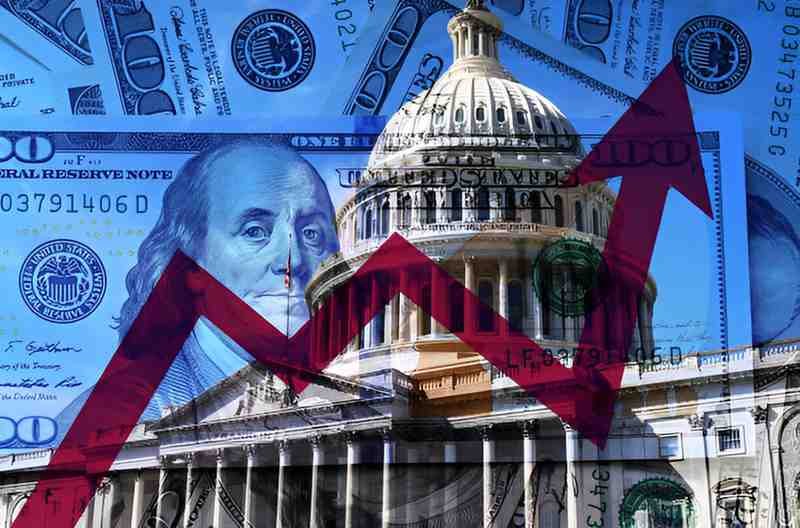Political credit risk remains one of the most misunderstood yet critical components of financial analysis. As someone who has spent years dissecting sovereign debt markets and geopolitical influences on creditworthiness, I find that many investors underestimate how political instability, policy shifts, and regulatory changes can erode financial stability. This guide breaks down political credit risk in plain terms, offering practical insights for beginners.
Table of Contents
What Is Political Credit Risk?
Political credit risk refers to the likelihood that a borrower—often a government or corporation—will default on its obligations due to political events. These events may include regime changes, legislative overhauls, civil unrest, or international sanctions. Unlike traditional credit risk, which focuses on financial metrics, political credit risk demands a deep understanding of geopolitical dynamics.
Key Components of Political Credit Risk
- Sovereign Risk – The risk that a national government defaults on debt or imposes capital controls.
- Transfer Risk – The possibility that a government restricts foreign currency conversions, blocking repayments to international creditors.
- Expropriation Risk – The threat of asset seizures without fair compensation.
- Regulatory Risk – Sudden policy shifts that alter business conditions, such as tax hikes or trade restrictions.
Measuring Political Credit Risk
Quantifying political risk requires both qualitative and quantitative approaches. I often rely on a mix of credit ratings, sovereign bond spreads, and proprietary models to assess vulnerability.
Sovereign Credit Ratings
Agencies like Moody’s, S&P, and Fitch assign ratings based on political and economic stability. For example:
| Rating Agency | US Rating (2024) | Brazil Rating (2024) |
|---|---|---|
| S&P Global | AA+ | BB- |
| Moody’s | Aaa | Ba2 |
| Fitch | AA+ | BB- |
The US enjoys high ratings due to institutional stability, whereas Brazil’s lower ratings reflect political volatility.
Sovereign Bond Spreads
The yield difference between a country’s bonds and risk-free US Treasuries indicates perceived risk. For instance:
Sovereign\ Spread = Yield_{Emerging\ Market\ Bond} - Yield_{US\ Treasury}If Mexico’s 10-year bond yields 6.5% while the US Treasury yields 3.5%, the spread is 300 basis points (bps). A widening spread signals rising political risk.
A Mathematical Approach to Political Risk
To model political risk, I use a modified version of the Credit Risk Plus framework, integrating macroeconomic and political variables:
PD = \frac{1}{1 + e^{-(\beta_0 + \beta_1X_1 + \beta_2X_2 + … + \beta_nX_n)}}Where:
- PD = Probability of Default
- X₁, X₂, … Xₙ = Political and economic indicators (e.g., corruption index, GDP growth)
- β₀, β₁, … βₙ = Regression coefficients
Example Calculation
Suppose we assess Country X with:
- Corruption Perception Index (X₁) = 40 (higher = cleaner)
- GDP Growth (X₂) = 2.5%
- Regression coefficients: β₀ = -3.2, β₁ = -0.05, β₂ = -0.8
Plugging into the formula:
PD = \frac{1}{1 + e^{-(-3.2 - 0.05 \times 40 - 0.8 \times 2.5)}} = \frac{1}{1 + e^{5.2}} \approx 0.0055 (0.55\%)A 0.55% default probability suggests low risk, but a sudden political crisis could spike this figure.
Case Study: US vs. Emerging Markets
The US benefits from strong institutions, but political credit risk still exists. The 2011 debt ceiling crisis saw S&P downgrade the US from AAA to AA+, triggering market turmoil. Meanwhile, emerging markets face higher volatility.
| Country | 2024 Bond Spread (bps) | Political Risk Score (1-100) |
|---|---|---|
| US | 30 | 15 |
| Turkey | 450 | 72 |
| South Africa | 325 | 65 |
Turkey’s high spread reflects currency instability and policy unpredictability, whereas the US remains a safe haven.
Mitigating Political Credit Risk
Investors use several strategies to hedge political risk:
- Credit Default Swaps (CDS) – Insurance against sovereign defaults.
- Diversification – Spreading exposure across stable and high-yield markets.
- Scenario Analysis – Stress-testing portfolios under different political outcomes.
CDS Pricing Example
If the annual CDS premium for Argentina is 800 bps on a $10 million bond, the cost is:
CDS\ Cost = Notional \times \frac{Spread}{10,000} = 10,000,000 \times \frac{800}{10,000} = \$80,000\ per\ yearA high premium signals elevated default risk.
Final Thoughts
Political credit risk is not just about numbers—it’s about understanding the narratives behind those numbers. While models and spreads provide a foundation, staying attuned to geopolitical shifts separates good analysts from great ones. Whether you’re evaluating US municipal bonds or emerging market debt, integrating political risk into your analysis ensures a more robust assessment.





